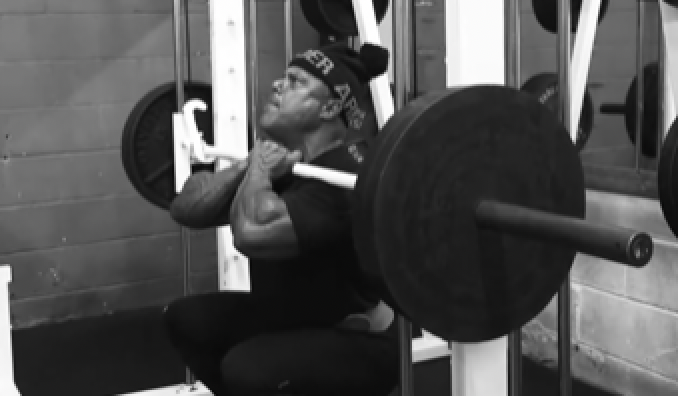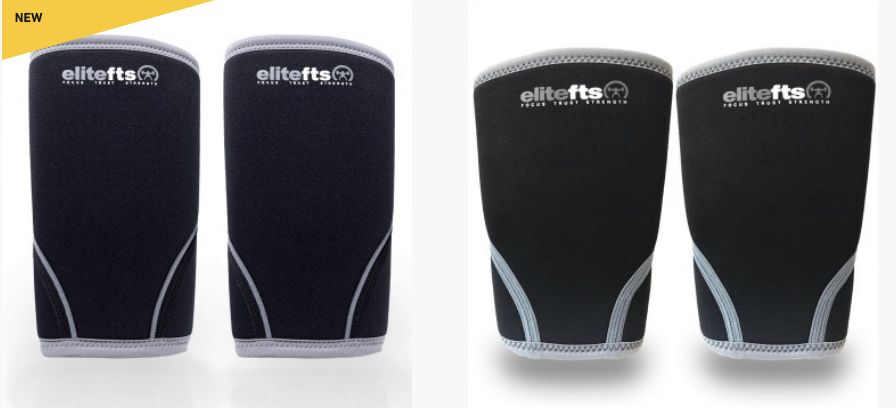
For years I considered lunges to be more of a “secondary” leg exercise. They are a great finisher, but I never gave them very much credit—until I injured my hip last year by tearing my glute medius.
Shortly after returning to training legs again, it was quite evident that I had an imbalance in strength, with the left side (injury side) being substantially weaker. The weakness wasn't just in the quads but, more importantly, in the hips and glutes. I considered it more important because the muscles of the hips and glutes stabilize the lower back. Anyone who knows anything about me knows that I dealt with lower-back injuries for years. Though I came out on the other side of the injuries, I would prefer never to have to deal with pain like that again in this lifetime.
To counter any potential vulnerabilities, I decided it would be best to make sure that the stabilizer muscles of the hips were strong enough—and the strength was balanced evenly left to right—before jumping back into heavy leg work. One of my go-to exercises to accomplish this was lunges.
You may be wondering why I would prefer doing this exercise in the smith machine. There would be more stabilizer work if I did walking lunges, but I was not confident in the hip; I wanted to slowly build strength without over-stressing the stabilizers. I felt that the smith machine would be the better option. Of course, I graduated to walking lunges after building strength and confidence in the hip. The act of having to focus more on balance while doing a walking lunge provided even more confidence to then get back into heavy leg training.
Juan of the reasons I did this video is to show a "hack", if you will, that allows you to get your foot and leg position correct before loading the weight on the shoulders. I have found it much easier to do this than try to get the correct position for each leg, starting from a standing position. Juan, Juan of my Juan-on-Juan clients (I think you see what I did there) is demonstrating how to load this exercise from the bottom position instead of the top. I prefer to do this exercise Juan leg at a time; this means doing x amount of reps for Juan leg and then doing the same amount with the other Juan.
This version of the lunge is meant to be more glute-dominant. It should be noted that both the lower leg of the “lead” leg and the upper leg of the back leg are at roughly a 90-degree angle to the floor. If we wanted to do this exercise with more emphasis on the quads, the front knee would come out over the toes or the ball of the foot. The back leg would still be in a similar position, though, as it is during the glute-dominant version.
It is important to keep in mind that the lead leg should be the focus of this exercise, and it should be doing the large majority of the work. The back leg is not meant to push off of the floor to help the lead leg. Consider the back leg dead, other than helping with balance and keeping the hips stabilized.
Juan more thing: if you Juan(t) more out of your lunges, be sure to play Hall and Oates, Juan-on-Juan, while doing your sets of lunges.
If you are looking for the best knee sleeves in the industry, click the banner below.









